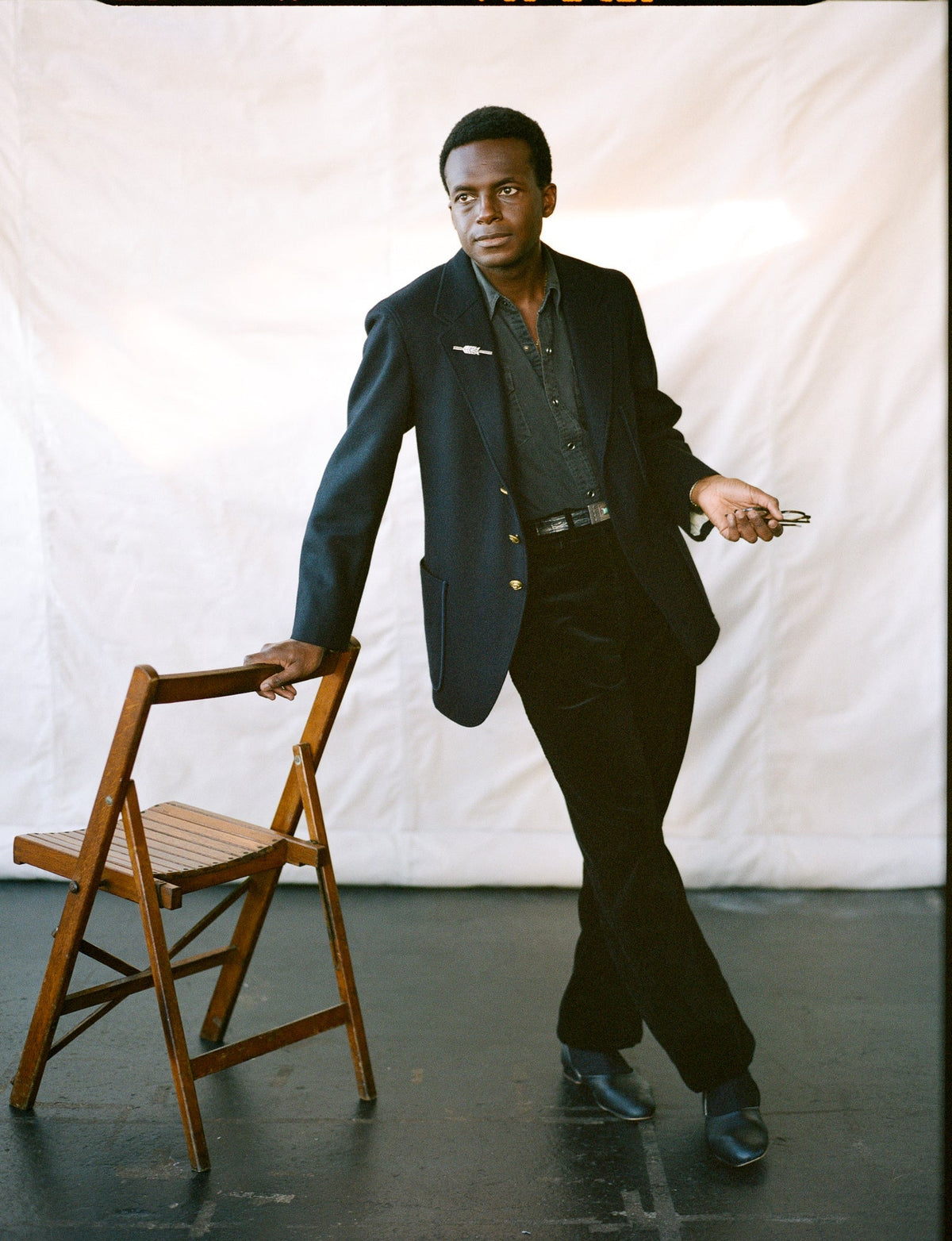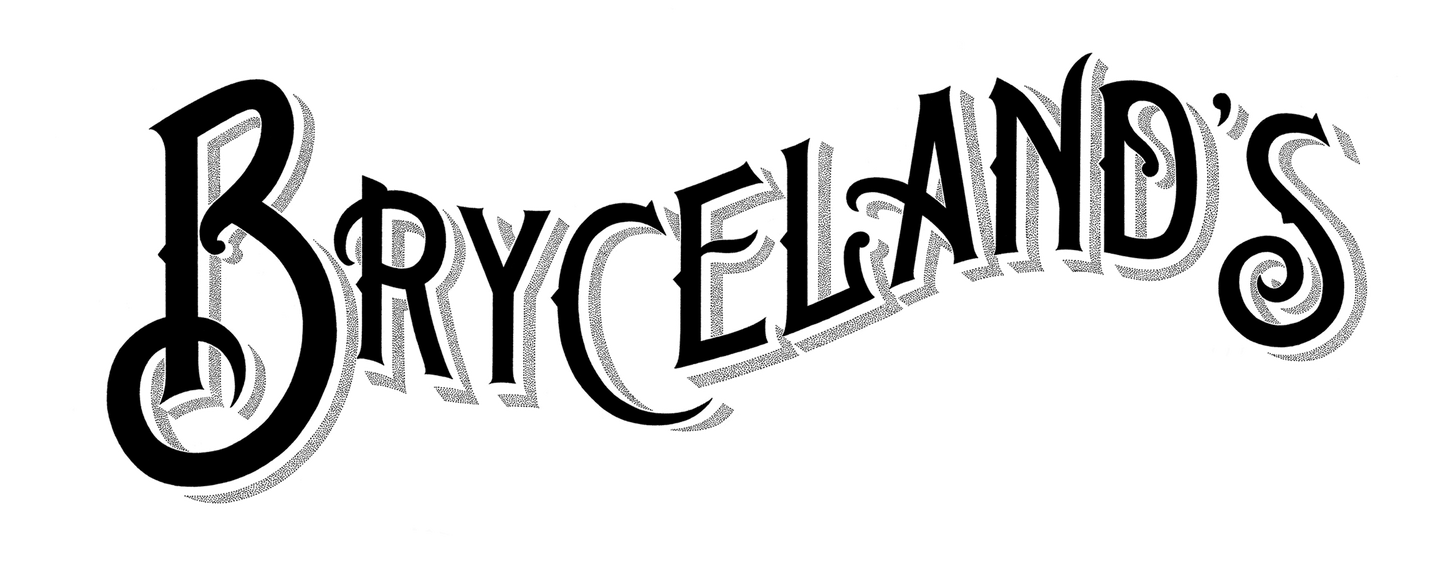

Origin of School Uniform
School uniform has played an important role in the formative years of many British children. The tradition goes back a long way. Some of the oldest established schools have had uniforms for centuries. As long ago as 1222 the Archbishop of Canterbury is thought to have introduced academic robes at the school attached to the cathedral, partly to keep the scholars warm while studying in the cloisters. The school still has a Beadle to this day who enforces the rules of uniform. In around 1552 the Christ’s Hospital charity introduced the long blue coat in its schools, with breeches and yellow socks being added to the uniform over time. The name “Bluecoat schools” has stuck for many years.
The Distinction of School Types
Distinctive uniforms are associated with the more elite or infamous (depending on your perspective) British public schools. Think of the top hat and tailcoats of Eton, and the wide starched Eton collar that sat outside and over the jacket for junior-school boys, which Churchill is said to have hated. Or the straw boaters of Harrow. Private and grammar schools followed suit, with jackets, white shirts and shorts.

In around 1825 the blazer became more widely known, taking its name from the bright red jackets of the rowing club of Lady Margaret Boat Club at St John’s College, Cambridge University. There is a suggestion the name blazer has a naval origin, although the crew of HMS Blazer were ordered to wear blue and white striped guernsey sweaters rather than jackets. Blazers made from durable cloth were worn as school uniform, livened up with colourful stripes and piping for cricket and boating. They were also deployed in the military. Blazers were cut more casually than a formal jacket and rugged enough to be properly lived in and knocked about.
Following Rab Butler’s Education Act of 1944 and the end of the Second World War, British state schools have by and large required their students to wear uniforms. Part of the rationale was the egalitarian sense of shared purpose and identity. Uniform became the apparel for learning and preparation for the grown-up world of work.


The Rebellion and School Uniform
For many of us the single-breasted school blazer was a steady feature of those school years, with its distinctive colours (what was it with all the burgundies and greens?). We remember the badges with Latin mottos on the breast pocket inviting us all to conform. But what an invitation school uniform was to the rebellious student to express their individuality and stand out from the crowd.
In most classes there were a handful who knew just how to bend and not break the rules. Oblivious to the norms of uniform, the need to conform, these kids played around with the uniform with real style, born of attitude and swag. They knew just how to create their own expression of freedom within the boundaries of uniform. Fashion or even the collective unconscious “style” of the time just never featured.

Instead of the school or prefect’s badge on the blazer pocket, they wore stickers and badges of their favourite bands. They decorated the backs or sleeves of their blazers with tippex or artwork in biro. Their blazer collars might be worn up. The pockets or sleeve ends might be rolled up or torn. The blazer was always durable and reliably did its job in the playground, on the sports field, or with its pockets stuffed with books, pens and loose cigarettes on the bus home.
Under the blazer the white school shirt buttons might be done up way too tightly all the way to the top. Even more cunningly, the shirt might have just been cut short or narrow and sewn directly into the jumper or the blazer, almost like a bib. For those with school ties, the ridiculously short fat knot, or the long skinny mod look with the fat end tucked in. Blazers were paired with kicks or boots that were never meant to be worn together. But somehow all the attitude just made it all work.


Old jeans, combat or dress trousers with the blazer trod the fine line for some between detention or an early bus home. The more adventurous and outré school stylist rocked the blazer with the lavender pink cords and the seventies prog rock haircut. This was the kid that everyone else really wanted to be. He was happily smoking pot from a bong out of a grown up’s kettle at a party, in someone else’s house, whilst still wearing their school blazer and playing all the best music.
Remember all the history, the formative years, and wear the blazer just as it is, perhaps without the badge, rugged for tooling around in and even ready for looking rather smart when the grown-ups call for it.
Or be more mischievous. Channel the energy of Angus Young of ACDC in his onstage schoolboy blazer and shorts.
Take your school blazer, make it yours, modify it to express how you feel. Pair it with something unexpected. Wear it with the unshakeable confidence of a 16-year-old at the school disco or defiantly on the way to school detention. Bend those rules to make it yours.

